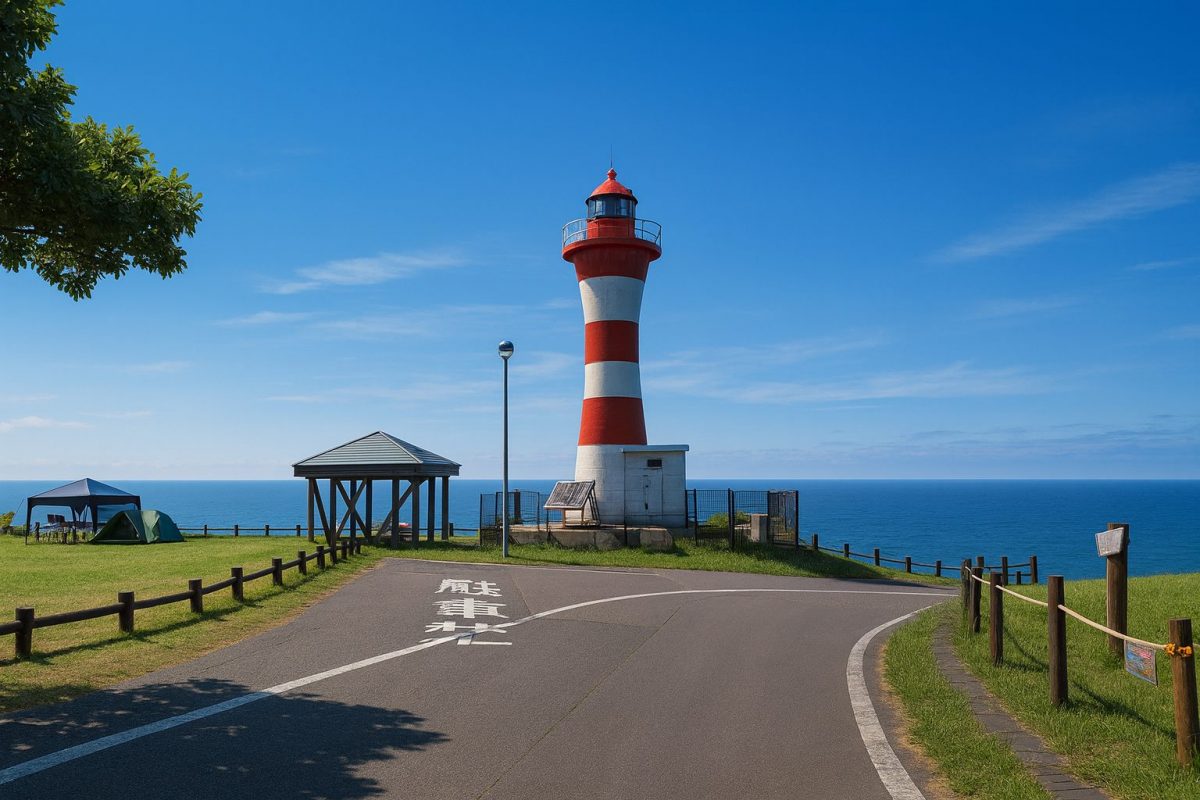| population | 979 peoples |
|---|---|
| area | 279.52 km² |
| population density | 3.5 peoples/km² |
Shosanbetsu Village, located on the northwestern coast of Hokkaido facing the Sea of Japan, is the only village within the jurisdiction of the Rumoi Subprefecture. This small community is renowned for its pristine natural environment, distinctive cultural traditions, and warm local hospitality. At its center stands the roadside station “Roman Kaido Shosanbetsu” and the Shosanbetsu Astronomical Observatory, Japan’s northernmost observatory, which have become popular attractions for visitors. Fishing is the backbone of the local economy, with natural blowfish and octopus among its specialties. Agriculture and dairy farming are also active, producing crops such as haskap berries and mini tomatoes, which are processed into jams, syrups, and wines. Although winters are harsh, with the area designated as a special heavy snowfall zone, the balance of severe climate and beautiful nature gives the village a unique charm. The people of Shosanbetsu preserve their traditions through the use of the Hokkaido dialect in daily life, annual shrine festivals, and the revival of the Ariake Lion Dance. Seasonal events like the Shosanbetsu Grand Festival and winter snow festivals strengthen community bonds and showcase the identity of the village. Though small, Shosanbetsu offers visitors a glimpse of Hokkaido’s original landscape and culture.
Culture and Traditions
Shosanbetsu Village is a place where abundant nature and traditional lifestyles harmonize. Its history dates back to the Edo period when the area names were first recorded. The village officially established its office in 1900 and was reorganized as Shosanbetsu Village in 1909 under the second-class municipal system. Local residents have long lived in harmony with the natural environment, engaging in fishing and agriculture despite the severe winters. Supported by the Kitrumoi Fisheries Cooperative, the fishing industry remains a foundation of the village economy, with local processing facilities producing delicacies such as fermented herring and pickled squid. The Hokkaido dialect is commonly spoken, reflecting the unique warmth and character of the community.
Festivals and traditional events highlight the cultural richness of the village. The Shosanbetsu Grand Festival is held annually at the local shrine, celebrating both tradition and faith. The Ariake Lion Dance, a regional folk performance once at risk of fading, was revived with the help of community volunteers and is now performed annually on September 14. During winter, the Shosanbetsu Snow Festival offers snow sculptures and local food, showcasing the cultural identity of a snowy village. These traditions reinforce community ties and provide visitors with immersive cultural experiences. Shosanbetsu’s way of life is a symbol of resilience against harsh nature and leaves a lasting impression on those who visit.
Local Specialties
- Haskap Berries: A tangy-sweet fruit grown locally, processed into jams, syrups, and wines.
- Mini Tomatoes: Cultivated in a climate with sharp temperature contrasts, they are exceptionally sweet and rich in flavor. Enjoyed fresh or made into juices and sauces.
- Blowfish (Fugu): Natural Japanese pufferfish caught in local waters, featured in specialties such as teriyaki rice bowls. Its bones are even used to create unique soba broth.
- Octopus: Abundant catches are prepared as octopus shabu-shabu or takomeshi (octopus rice).
- Dairy Products: Milk from local dairy farms is creamy and sweet, used in ice cream and sweets that have become popular among visitors.
Annual Events
- Shosanbetsu Grand Festival: A summer shrine festival that brings together residents and visitors with parades and performances.
- Ariake Lion Dance Dedication: A revived folk performance held every September 14 in the Ariake district, showcasing traditional culture.
- Shosanbetsu Snow Festival: A winter event featuring snow sculptures and local cuisine, typical of heavy-snow regions.
Access
- By Air: The nearest airports are Wakkanai Airport and Asahikawa Airport, both about 2–3 hours away by rental car.
- By Bus: The “Tokkyu Haboro-go” express bus runs from Sapporo via Haboro, with direct service to Shosanbetsu Village.
- By Car: Approximately 3.5 hours from Sapporo via National Route 232, with easy access also from Rumoi or Wakkanai.
Tourist Attractions
- Roadside Station Roman Kaido Shosanbetsu – A hub with a local produce shop, restaurant, and campground, serving as the village’s main tourist base.
- Shosanbetsu Astronomical Observatory – Japan’s northernmost observatory, offering breathtaking stargazing experiences.
- Misakidai Park – A scenic park overlooking the Sea of Japan, complete with a campground and observatory deck.
- Shosanbetsu Onsen – A hot spring facility at Cape Center, known for its skin-beautifying qualities.
- Konpira Shrine – A local spiritual site and the venue of the annual Shosanbetsu Grand Festival.
